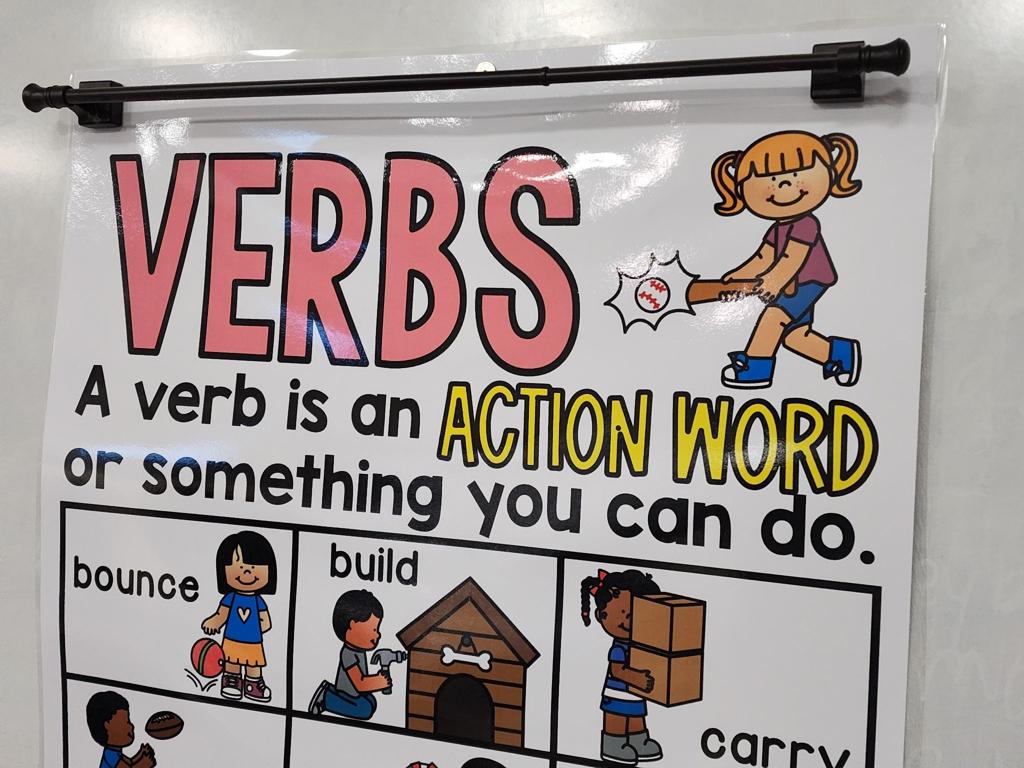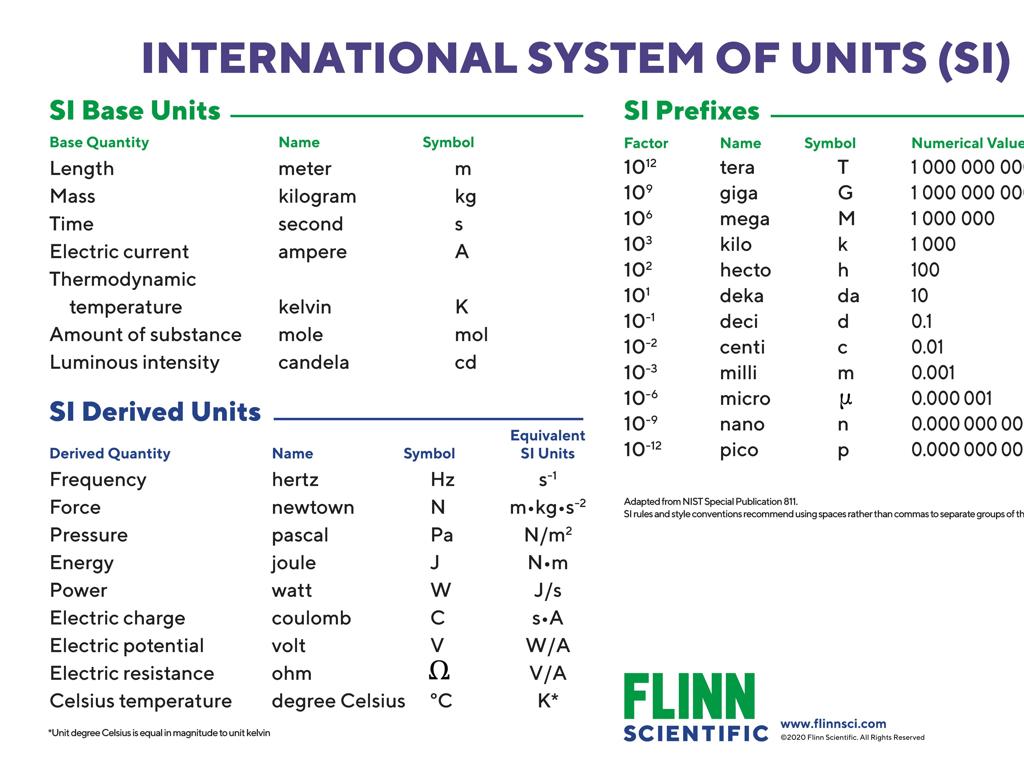Create Frequency Charts
Subject: Math
Grade: Fifth grade
Topic: Data And Graphs
Please LOG IN to download the presentation. Access is available to registered users only.
View More Content
Today’s Adventure: Frequency Charts!
– Organizing data with charts
– Sort information to make it easier to understand.
– Importance of frequency charts
– Helps us see patterns and make decisions.
– Examples of frequency charts
– Like tallying books read or tracking daily weather.
– Creating our own charts
|
This slide introduces the concept of frequency charts as a tool for organizing data. Explain that organizing data helps us to understand and interpret information more easily. Emphasize the importance of frequency charts in identifying patterns, making predictions, and supporting decision-making. Use relatable examples such as keeping track of the number of books read in a month or the daily weather conditions. Encourage students to think of other areas where they could apply frequency charts. The activity will involve students creating their own frequency charts using data relevant to their interests or daily life, fostering engagement and practical understanding.
Understanding Data in Our Daily Lives
– Data: Facts collection like numbers
– Everyday examples of data
– Weather temps, class test scores, sports stats
– Data helps make informed decisions
– Choosing clothes based on weather data
– Discuss data’s role in daily choices
– How data influences choices like food, routes
|
This slide introduces the concept of data to fifth-grade students, emphasizing its prevalence in everyday life and its importance in decision-making. Begin by defining data as a collection of facts, which can be numbers, words, measurements, or observations. Provide relatable examples such as daily temperatures, test scores, or sports statistics to illustrate the types of data they encounter regularly. Explain how data can be analyzed to make choices, like what to wear based on the weather forecast or which route to take based on traffic data. Encourage students to think of other ways they or their families use data to make decisions, fostering an understanding of data’s impact on daily life.
Understanding Frequency Charts
– What is a frequency chart?
– A tool to sort data and show how often each value appears.
– Visualizing data occurrence
– It displays counts of how many times a value is repeated.
– Frequency chart components
– Consists of values/data items and their corresponding frequency.
– Benefits of using frequency charts
– They simplify data analysis, making patterns and trends easier to spot.
|
Introduce the concept of a frequency chart as a visual representation that organizes data to show the frequency of each value. Explain that it consists of two parts: the data items and the number of times they occur. Emphasize how frequency charts help us quickly understand which items are most common and which are least common, making it easier to analyze and interpret data. Use examples like survey results or daily temperatures to illustrate the concept. Encourage students to think of situations where they could use a frequency chart to organize information they encounter in their daily lives.
Creating a Frequency Chart
– Step 1: Collect your data
– Gather information you want to organize
– Step 2: Choose chart categories
– Decide how to group your data
– Step 3: Tally data per category
– Make marks for each data point in its category
– Step 4: Count tallies for frequency
– Add up the tallies to get total for each group
|
In this lesson, students will learn how to create a frequency chart, which is a tool for organizing data. Start by explaining the importance of collecting data accurately. Then, discuss how to categorize this data effectively, considering what the students want to learn from it. Show them how to use tallies to represent each piece of data in its respective category, which is a simple and visual way to keep track. Finally, demonstrate how to count these tallies to find the frequency, or the number of times a data point occurs. Use examples relevant to their interests, like favorite fruits or sports, to make the activity engaging. Encourage students to ask questions throughout the process.
Creating a Frequency Chart: Favorite Fruits
– Identify fruit categories
– Tally votes for each fruit
– Mark a tally for each vote
– Count tallies for frequency
– Each tally group represents five votes
– Complete the frequency chart
|
This slide is designed to guide students through the process of creating a frequency chart using class data on favorite fruits. Start by identifying different types of fruits to be included as categories. Then, have students tally the votes for each fruit as they are mentioned. Teach them how to group tallies in sets of five for easy counting. Finally, count the tallies together to determine the frequency of each fruit and complete the chart. This activity will help students understand how to organize and represent data visually. Encourage them to think about why frequency charts are useful and what other kinds of data could be represented in this way.
Interpreting Frequency Charts
– Reading a frequency chart
– Observe the numbers and categories to understand the data presented.
– Finding the highest frequency
– Look for the category with the most entries; this is the highest frequency.
– Learning from chart data
– Analyze what the data tells us about trends or patterns.
– Applying this knowledge
|
This slide aims to teach students how to interpret frequency charts effectively. Start by explaining the components of a frequency chart, including the categories and the frequency count. Show them how to identify which category has the highest number of occurrences, which indicates the highest frequency. Discuss the implications of this information and what it can tell us about the data set, such as the most popular or most common item. Encourage students to think about how this information can be used in real-life situations, such as determining the most sold book genre in a book fair or the most preferred lunch menu in the cafeteria. Provide examples and practice charts for students to work on as a class activity.
Your Turn: Favorite Book Genres
– Collect class’s favorite genres
– Create a frequency chart
– Tally the votes for each genre and plot
– Present your chart to the class
– Share insights from the data
– Discuss patterns or surprises in class preferences
|
This class activity is designed to engage students with practical application of frequency charts. Students will first gather data by polling their classmates on their favorite book genres. They will then use this data to create their own frequency charts, which could be a bar graph or a tally chart. Once completed, students will present their charts to the class and discuss any interesting findings or trends observed in the data. For example, they might find that mystery books are the most popular or that very few students enjoy biographies. This exercise will help them understand how to organize and interpret data, as well as improve their presentation skills. Possible variations of the activity could include using online tools to create the charts or working in groups to compare results.
Frequency Charts: Conclusion and Review
– Definition of a frequency chart
– A tool to count how often each data point appears
– Steps to create a frequency chart
– Gather data, list possible values, tally occurrences
– Interpreting data from the chart
– Analyze the tallies to understand data patterns
– Importance of frequency charts
– Helps in making informed decisions based on data
|
As we wrap up, remember that a frequency chart is a visual representation used to show how often each value in a set of data occurs. It’s a powerful tool for organizing information and making the data easier to understand. To create one, start by collecting your data, then list all the possible values and make a tally mark for each occurrence of those values. Once your chart is complete, you can interpret the data by looking at the frequency of each value, which can reveal trends and patterns. Understanding these can help us make predictions and informed decisions in various situations. Encourage students to practice by creating frequency charts with different data sets and to discuss their observations.
Homework Challenge: Family Dinner Favorites
– List your family’s favorite dinners
– Tally each dish’s frequency
– Mark a tally for each time a dish is chosen
– Create a frequency chart
– Organize the data into a chart format
– Present your chart in class
|
This homework task is designed to help students apply their knowledge of frequency charts to a fun and relatable topic – their family’s favorite dinner dishes. Students should start by listing all the different dinners their family enjoys and then keep a tally of how often each dish is chosen over a set period. They will then use this data to create a frequency chart, which will help them visualize which dishes are most popular. Encourage creativity in how they present their data, and remind them to be prepared to explain their chart and findings to the class. This activity will reinforce their understanding of data collection and representation, and also provide a platform for practicing presentation skills.






